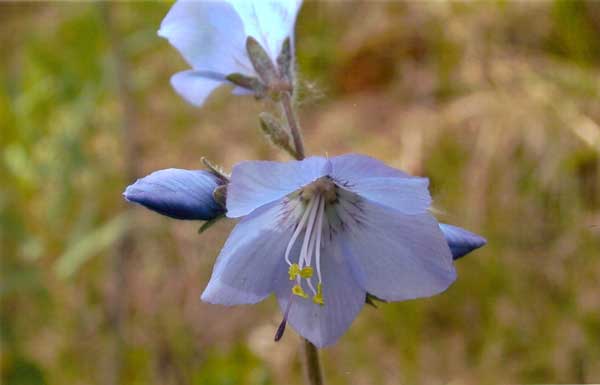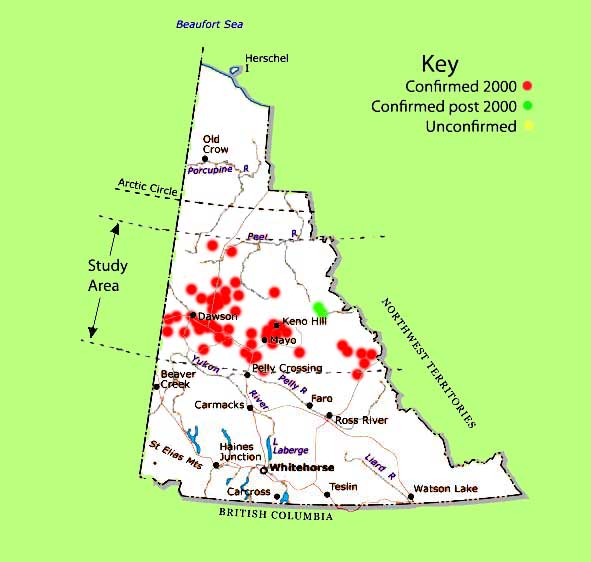Polemonium acutiflorum : Tall Jacob's-ladder
Taxonomy | Description | Biology | Ecology | Uses | Images | Range Maps
Taxonomy |
Scientific Name:Kingdom: Plantae Division:
Class: Dicoteldonae (two seed-leaves) Family: Polemoniaceae (Phlox Family) Genera: Polemonium (Jacob's-ladder) (Gk. polemonion= a kind of plant; See 'Folklore' entry under 'Uses' for more info on name origins) Species: acutiflorum (Lat. acus=needle, point + floris=flower; referring to the somewhat pointed lobes of the petals.) Synonym(s): P.caeruleum, P.occidentale English Name(s):Tall Jacob's-ladder, Blue Jacob's-ladder First Nation Names:
|
Description |
Structure:
Leaves:
Reproductive Parts:
Seed:
Not to Be Confused With:
|
Uses |
Modern:Industrial: Medicinal: Food: Traditional Gwich'in:Folklore: Industrial: Medicinal: Food: Traditional Other:Folklore: Industrial: Medicinal: Food: |
Images |
|
Flower Flowers with view of calyx Hairless leaves. Illustration from: Illustrated Flora of BC |
Range Maps |
|
World Range: Amphi-berengian, arctic-alpine; In N.A from AK east to Mackenzie Mts. in YT and south into BC and AB.
In Yukon: Throughout the territory. |





